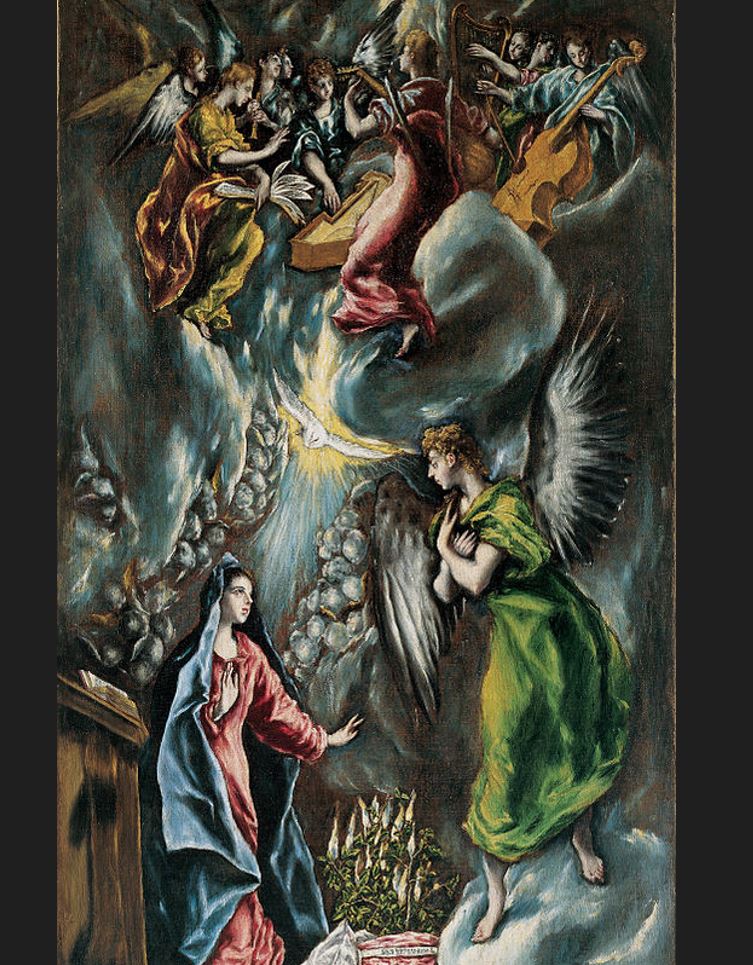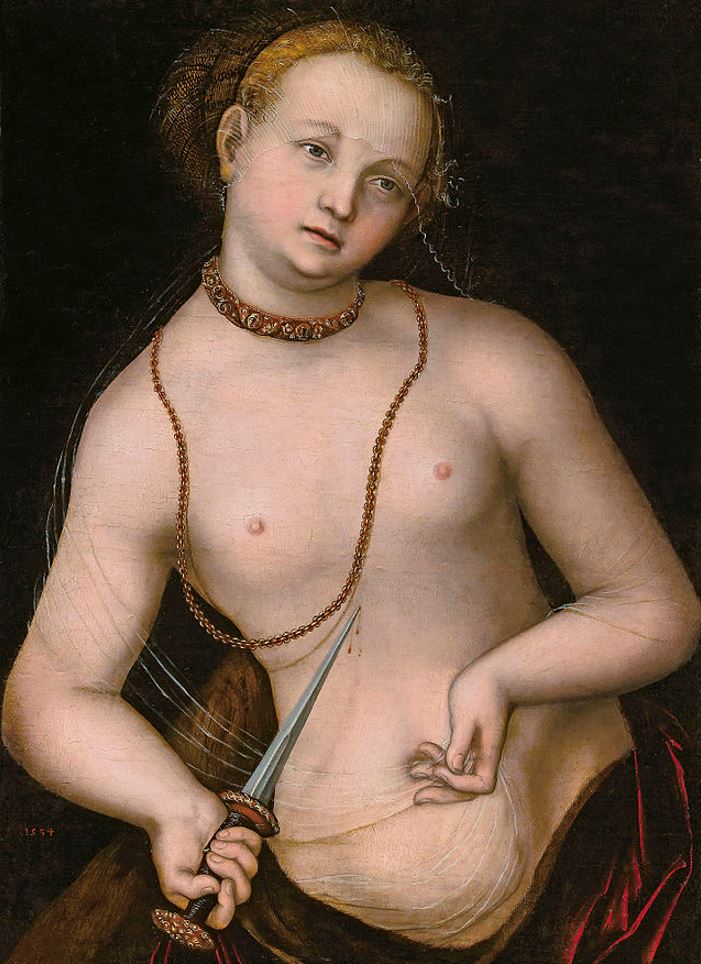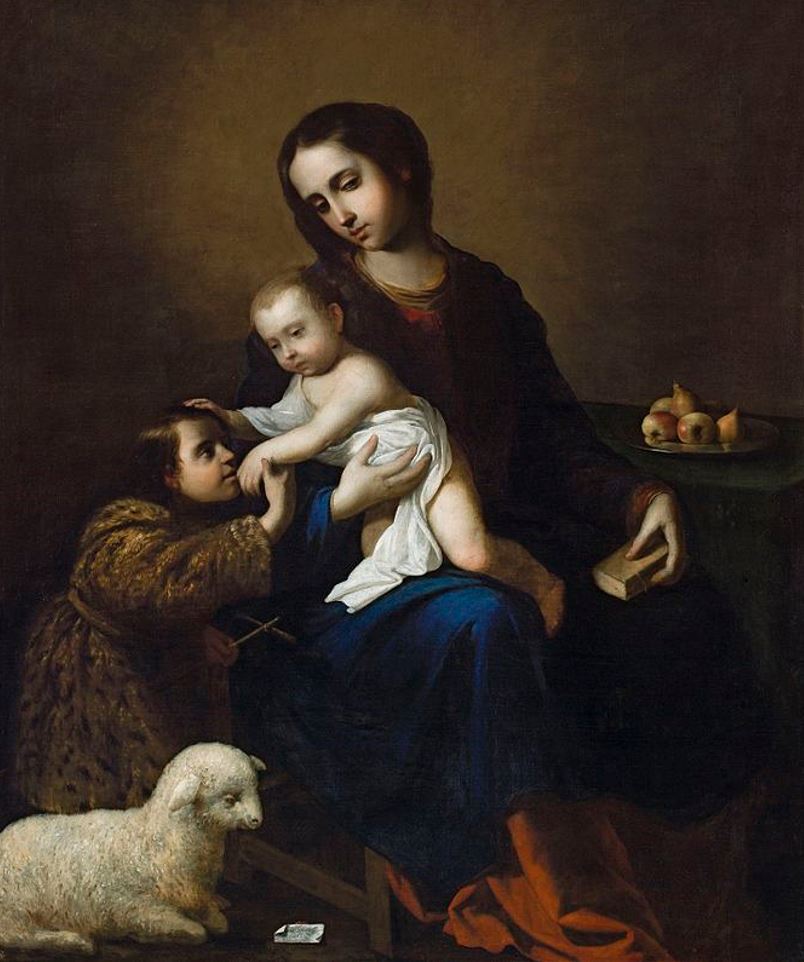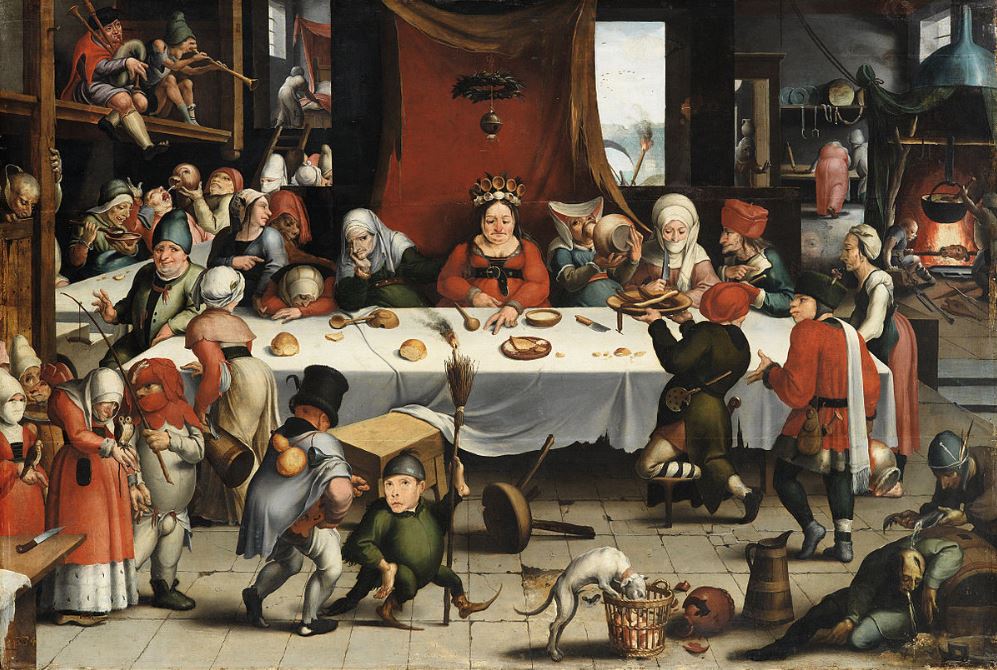Many of the most famous museums in Spain are located in Madrid, but this city in the northern part of the country can definitely hold a candle to it.
The Bilbao Fine Arts Museum or “Museo de Bellas Artes de Bilbao” is overshadowed by the Guggenheim Museum in the largest city in the Basque country but definitely houses a remarkable collection of art as well.
Established in 1908 and opened in 1914, the museum moved around a number of times before settling in a beautiful Neoclassical building in the heart of the city.
Its collection features paintings from the Middle Ages up until modern times and includes several Spanish and European masterpieces.
With over 10,000 items, including over 1,500 paintings, there’s plenty to see in this museum which is one of the most impressive ones outside of Madrid.
In this article, you’ll discover some of the highlights of the painting collection at the Bilbao Fine Arts Museum.
1. The Annunciation – El Greco
- Date created: 1596-1600
- Dimensions: 113 x 65 centimeters (44.4 x 25.5 inches)
The Annunciation is one of the numerous distinctive paintings by El Greco (1541-1614), a Greek-born artist who spent the final decades of his life in Toledo, Spain. It’s the smaller version of a monumental work of art that he completed around the same time.
The painter usually completed a small version along with the large altarpieces that he produced. The larger version is part of the collection of the Prado in Madrid. El Greco’s colorful style was highly influential for artists of future generations, and this painting clearly explains why.

2. Lucrecia – Lucas Cranach the Elder
- Date created: 1534
- Dimensions: 50.4 x 36.4 centimeters (19.8 x 14.3 inches)
Lucrecia is the title of a painting by the German artist Lucas Cranach the Elder (1472-1553). He was one of the most renowned artists of the Northern Renaissance and was the court painter of the Electors of Saxony. In this role, he painted countless portraits of members of the ruling family.
He also painted several historical, religious, and mythological paintings, including this work that depicts a story from the early history of Rome. Lucrecia was the wife of a Roman nobleman who was raped by the king’s son. She took her own life shortly after which enraged the people of Rome. It laid the foundation for the establishment of the Roman Republic.

3. The Virgin with the Child Jesus and the Child St. John – Francisco de Zurbarán
- Date created: 1662
- Dimensions: 169 x 127 centimeters (66.5 x 50 inches)
The Virgin with the Child Jesus and the Child St. John is a painting by the Spanish artist Francisco de Zurbarán (1598-1664), a renowned painter of the Baroque era. This work was completed during the final years of the artist’s life and highlights the incredible talent of the master.
Better yet, it’s likely that this was the final major work that the painter completed as the only one that was signed in the year 1662. The subject of The Virgin with her child Jesus Christ and other figures, in this case, the child Saint John the Baptist, was a common one since the Renaissance.

4. Burlesque Feast – Jan Mandijn
- Date created: 1550
- Dimensions: 98.5 x 147 centimeters (38.77 x 57.87 inches)
Burlesque Feast is the title of a satirical painting by Jan Mandijn (1500-1559), a Dutch artist who lived and worked in Antwerp from the early 1530s. The painting is supposed to depict a peasant wedding but the guests are all equally weird and bizarre.
The bride sits in the center of the table and wears a crown that is adorned with wooden spoons. The painting features several symbolic elements that refer to various sins, including gluttony and lechery. The chaotic scene of this work has a lot of stories to tell, that’s for sure.

5. Lot and his Daughters – Orazio Gentileschi
- Date created: 1628
- Dimensions: 226 x 282 centimeters (88.9 x 111 inches)
Lot and his Daughters is a large painting by Orazio Gentileschi (1563-1639), an Italian artist who lived during the early phase of the Baroque era. The painting at the Bilbao Fine Arts Museum is one of several versions that he produced on this subject.
The painting depicts the Biblical story of Lot who resettled in a cave with his two daughters after the fall of Sodom and Gomorrah. The daughters didn’t find a man in this remote place so they decided to engage in an incestuous relationship with their father in order to have children. They make him drunk before doing so.

6. The Abduction of Europa – Maerten de Vos
- Date created: 1590
- Dimensions: 133.7 x 174.5 centimeters (52.63 x 68.7 inches)
The Abduction of Europa is a painting by the Flemish artist Maerten de Vos (1532-1603), a man who is best known for his allegorical works. This particular painting depicts the abduction of Europa, the daughter of Phoenician King Agenor, by Jupiter who disguised himself as a bull.
The inspiration for this work came from a very similar painting by Titian titled “The Rape of Europa“, which was completed in the early 1560s. The detailed view of the background and the magnificent depiction of the nude female on top of the bull emphasize the artist’s skill.

7. Portrait of Martín Zapater – Francisco Goya
- Date created: 1797
- Dimensions: 83 x 65 centimeters (32.67 x 25.59 inches)
The Portrait of Martín Zapater is a painting by Francisco Goya (1746-1828) that depicts the wealthy corn-merchant Martín Zapater (1747-1803), a lifelong friend of the artist with whom he continuously communicated. It highlights the incredible talent for portraiture that the Romantic painter possessed.
It was the third time that Goya painted his friend following earlier works in 1780 and 1790. It was also the first of this series that he completed after he suffered from a mysterious illness that left him deaf in the early 1790s. In my opinion, it’s the most accomplished of these three portraits.

8. Washerwomen in Arles – Paul Gauguin
- Date created: 1888
- Dimensions: 74 x 92 centimeters (29.13 x 36.22 inches)
Washerwomen in Arles or “Laveuses à Arles” is a painting by Paul Gauguin (1848-1903), the French artist who spent some time in Arles together with Vincent van Gogh (1853-1890). This visit didn’t end well for the Dutch master because he suffered a mental breakdown and cut off part of his left ear.
It was the second version of washerwomen that Gauguin completed in December 1888. He painted it on a rough canvas that he acquired in Arles and the rough finishing of this work is a result of that. It also highlights the artist’s need to integrate expressive elements in his art.

9. Kissing the Relic – Joaquín Sorolla
- Date created: 1893
- Dimensions: 103.5 x 122.5 centimeters (40.74 x 48.22 inches)
Kissing the Relic is a beautiful painting by Joaquín Sorolla (1863-1923), a Spanish Impressionist artist who painted portraits, as well as historical and political scenes. This work depicts a scene at the church of the former Colegio de San Pablo in the artist’s native Valencia.
Sorolla settled in Madrid in 1890 and this painting was part of a series of works in which he started developing his personal style. It’s therefore considered to be one of the most important works from this period in his career as he gradually embraced Luminsm.

10. Woman Sitting with a Child in Her Arms – Mary Cassatt
- Date created: 1890
- Dimensions: 81 x 65.5 centimeters (31.8 x 25.7 inches)
Woman Sitting with a Child in Her Arms is the title of a painting by Mary Cassatt (1844-1926), an American artist who spent most of her career in France. She started painting mothers with their children in the early 1880s and it soon became the main focus of her oeuvre.
This followed a period in which she depicted women of everyday life, often with a veiled sense of social and cultural commentary. This particular painting depicts the child staring at the viewer and the mother facing us with her back. It features a very limited color palette and appears to be sketch-like.



